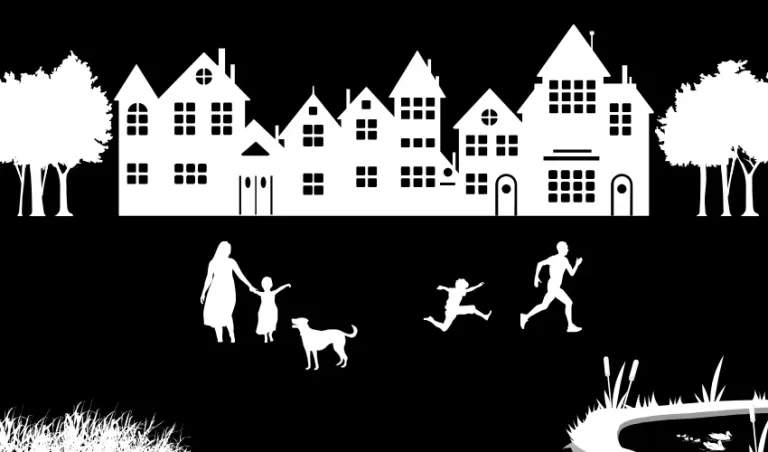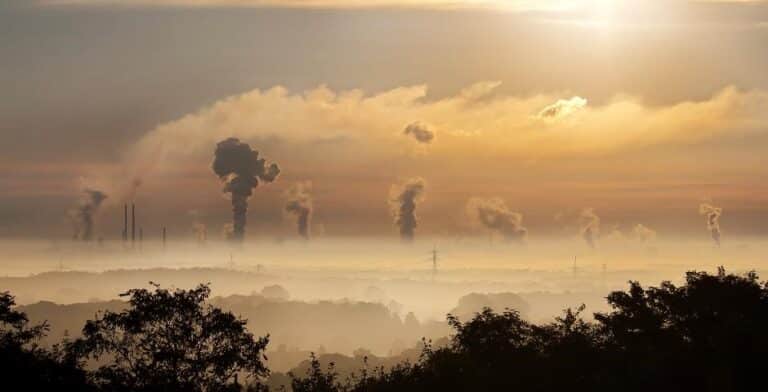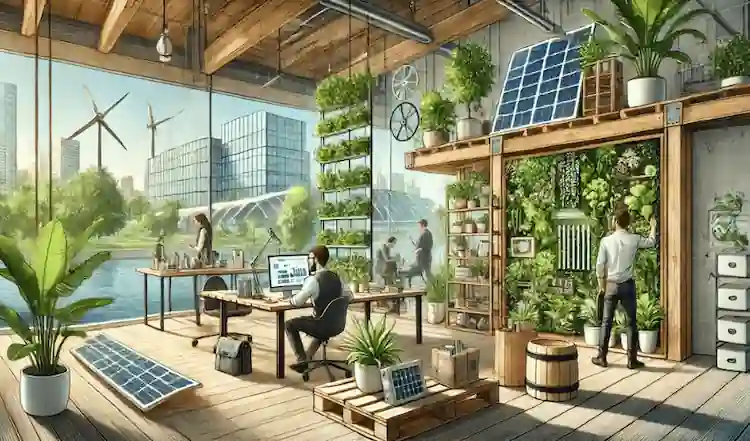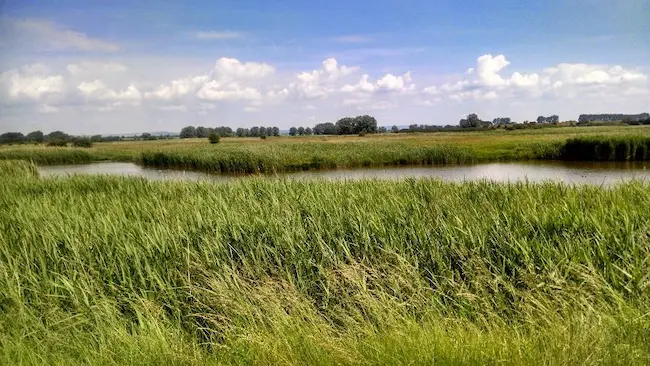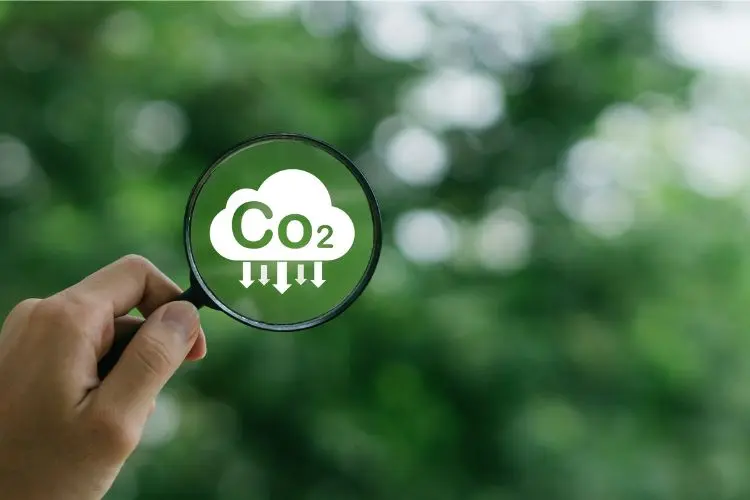Urban Climate Impact: How to Adapt & Build Resilience
Climate change poses significant challenges for urban areas, affecting their infrastructure, ecosystems, and residents in complex and interconnected ways.
In this post, we’ll explore the urban impacts of climate change, along with the strategies that can adapt urban areas for a resilient future.
Key Urban Impacts of Climate Change
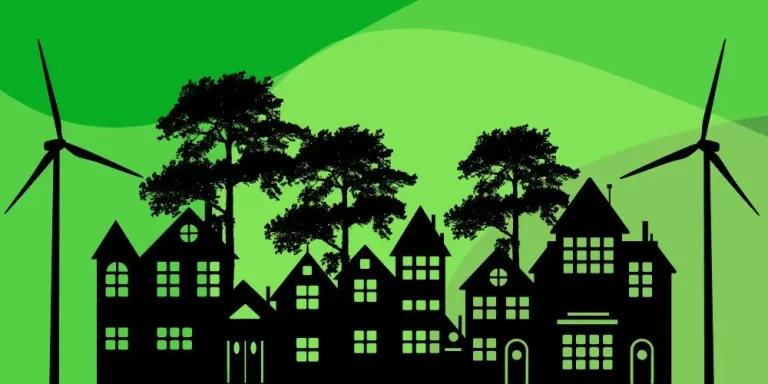
1. Physical Infrastructure Vulnerabilities
Urban areas are facing multiple infrastructure challenges due to climate change.
Rising sea levels threaten coastal cities with increased flooding risks, potentially submerging low-lying neighbourhoods and critical infrastructure. Cities like Miami, Shanghai, and New York are particularly vulnerable, with projections suggesting substantial areas could be flooded by 2100 if current climate trends are allowed to continue.
Extreme heat events will stress transportation infrastructure. Risks include potential for road surfaces to buckle, railway tracks to warp, and bridges to experience structural strain.
Power grids will also be under pressure during prolonged heat waves, both as a result of high demand for cooling and through stressing the thermal resilience of distribution infrastructure. This risks blackouts and disruption to essential urban services.
2. Environmental and Ecological Impacts
Urban ecosystems are likely to see significant changes.
Rising temperatures will potentially causes shifts in plant and animal populations. Urban green spaces might struggle to support existing species, while invasive species could become more prevalent.
Water resources will also be critically affected. Many cities are likely to experience more frequent and severe droughts, challenging water management systems. Simultaneously, increased precipitation in other regions could lead to more frequent flooding, overwhelming stormwater infrastructure.
3. Socioeconomic Consequences
Without resilience measures, climate change will exacerbate existing urban inequalities.
Lower-income neighbourhoods typically have less resilient infrastructure and fewer resources to adapt to environmental changes. Heat islands (urban areas with significantly higher temperatures due to heat retention by concrete and asphalt) will disproportionately impact vulnerable populations, increasing health risks and energy consumption.
Building Urban Resilience: Key Actions
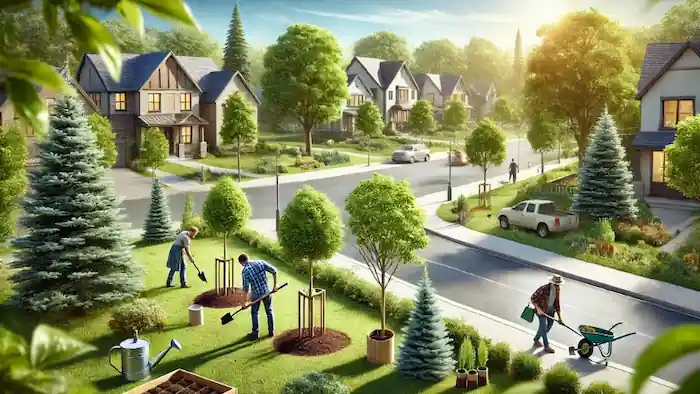
Consider urban climate resilience like an immune system. Just as a healthy body adapts to various challenges, resilient cities must develop dynamic, responsive adaptations to address environmental changes.
To do so, cities must develop and implement comprehensive adaptation strategies. Such strategies can utilise the following actions:
1. Green Infrastructure Development
2. Infrastructure Redesign
3. Water Management
4. Energy Transformation
5. Community Engagement and Education
The Role of Technological & Collaboration
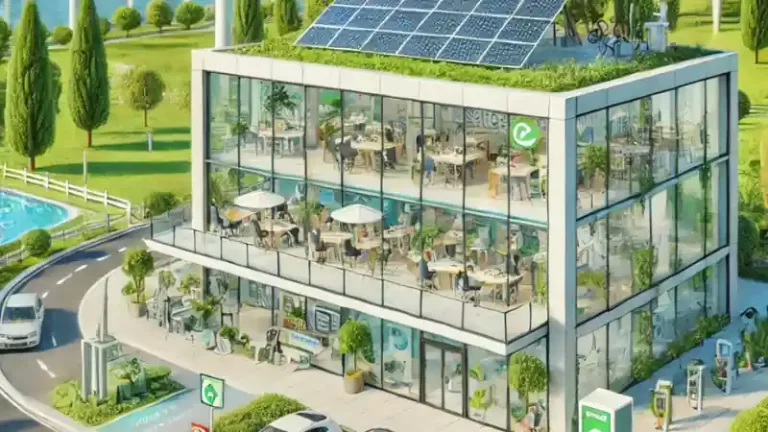
Emerging technologies will play a crucial role in urban climate adaptation.
Artificial intelligence systems can improve city monitoring, helping to predict and manage infrastructure stress. Advanced materials, like heat-reflective surfaces, can also be used to enhance urban resilience.
To implement effective strategies and utilise emerging technologies, coordinated efforts across local, national, and international levels must take place. This, in part, requires co-ordinated policy development. Cities must also share best practices, collaborate on research, and develop standardised resilience frameworks.
Urban Climate Resilience: Individual Actions

How might your own community or household support local urban climate resilience? Below are five key actions you can take:
For support with business climate resilience, please check out our guide to Improving Climate Change Resilience in Your Business.
1. Create a Climate-Friendly Home
2. Increase Urban Greenery
3. Manage Water Sustainably
4. Reduce Carbon Footprint in Daily Life
5. Prepare for Climate Shocks
Urban Climate Resilience: Preparing For Change
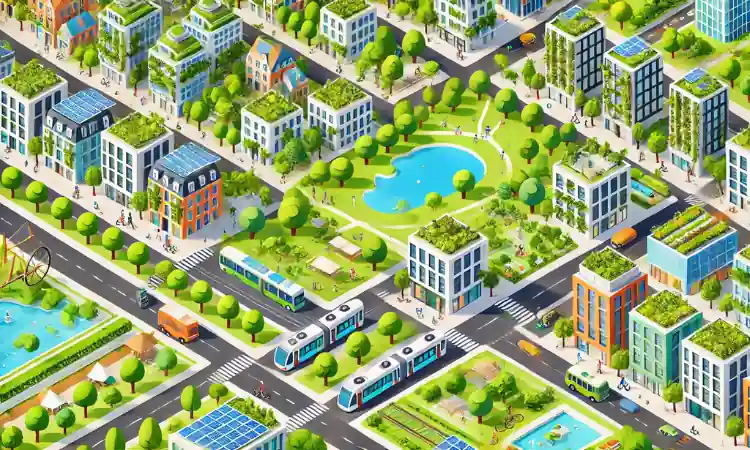
Unfortunately, the pace of climate change and ongoing contributions to global warming mean urban climate adaptations will be essential.
However, by adopting a proactive, holistic approach, urban areas can transform potential climate vulnerabilities into opportunities. These opportunities can spur innovation, sustainability, and improved quality of life for urban residents.
To support you further, check out these extra climate related resources below:
Improving Climate Resilience in Your Business
Urban Green Spaces: Sustainability Benefits & Challenges


